Fractal Cascades on Camera: What Atomic Imaging Really Shows
In mainstream physics, the advent of aberration-corrected transmission electron microscopy (TEM) and scanning tunneling microscopy (STM) was hailed as a triumph. At last, scientists said, we could see atoms directly. The blurry clouds of earlier instruments were sharpened into crisp grids of dots, and the “noise” was finally eliminated. To the public and the scientific community alike, this was a breathtaking moment: atoms revealed, the smallest building blocks of reality.
Pattern Field Theory (PFT) offers a radically different interpretation. What these instruments captured was not the end of the road, but rather a set of frozen resonance frames — what PFT calls Fractal Windows — partial stills of a living fractal cascade that no microscope can fully suppress. The blur that scientists worked so hard to eliminate was not failure. It was the signal of motion, the Pi Matrix itself alive beneath the lattice.
The First Images: Blur as Motion
The earliest high-resolution images looked messy, full of haze and halos. Physicists dismissed these as aberrations — imperfections caused by optical misalignment or contamination. But from the perspective of PFT, this blur is precious. It is the fractal cascade on camera, the visible trace of resonance updating faster than the instrument can follow. The haze is not dirt; it is motion.
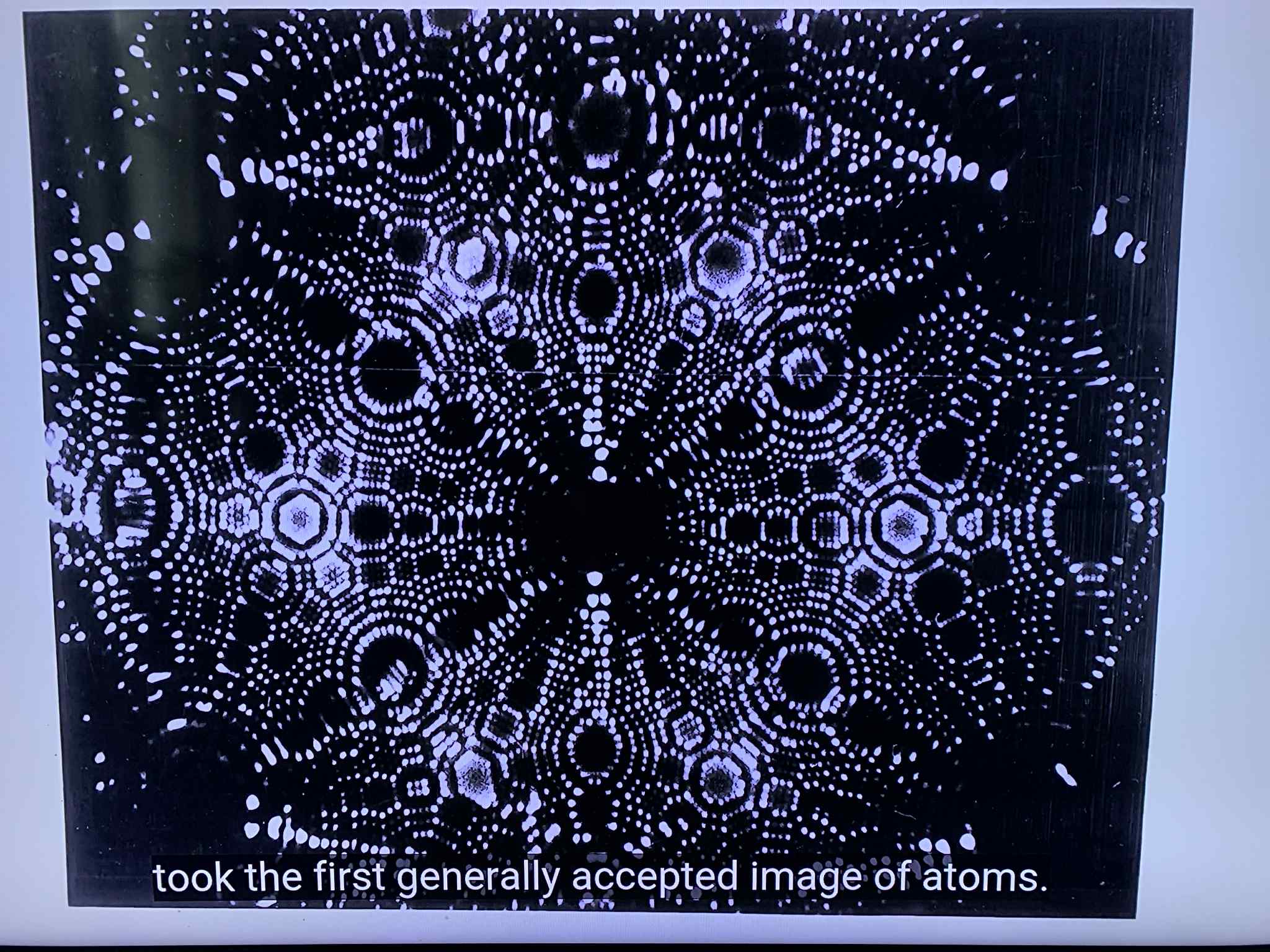
The Correction: Freezing a Frame
Aberration correction changed everything. With clever electron optics, researchers reduced the resolution scale down to ~0.13 nm (1.3 Å), forcing the haze into sharpness. Suddenly, the “atoms” snapped into view. Rows and columns aligned. To the mainstream, this was the definitive moment: seeing atoms. To PFT, however, this was the creation of a Fractal Window — a single frozen snapshot of resonance, captured mid-motion.
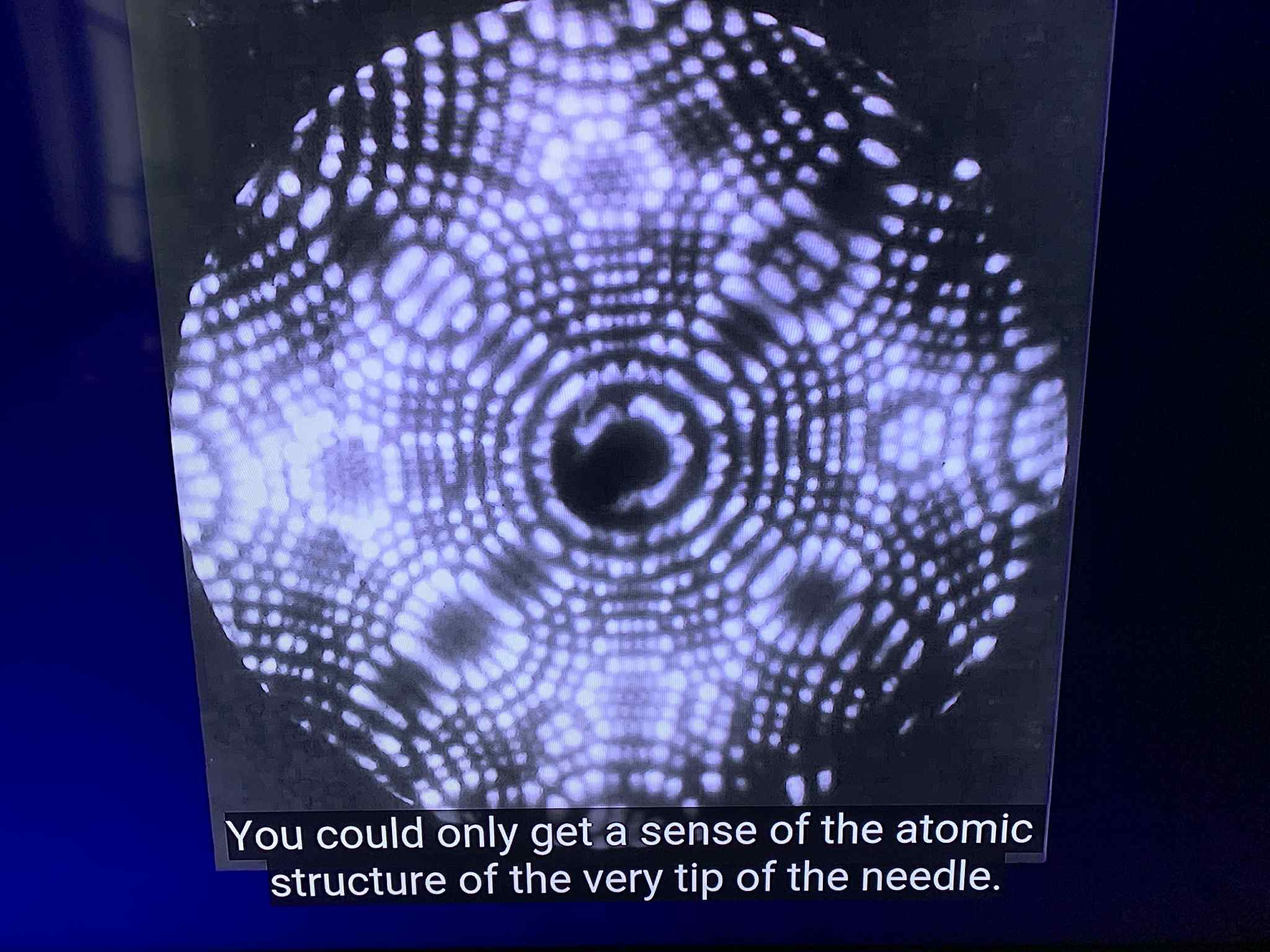
The Sharpness Fallacy
In the documentary transcript, one operator was asked: “When you do this focus, what are you really looking for?” His reply: “I look for this edge to become sharp. See atoms.” This is the Sharpness Fallacy. Clarity is mistaken for truth. The act of focusing eliminates fractality and collapses motion into a static lattice, reinforcing the illusion that sharpness equals reality. In fact, sharpness is a bias: a preference for stillness over the living dynamics of the Pi Matrix.

Fractality Leaks Through
Even in the sharpest images, the fractal cascade refuses to vanish. Around each “atom,” faint halos and subtle intensity variations remain. From far away, they look like squares. Up close, they reveal circular cores with faceted edges, sometimes aligning into hexagonal interference envelopes. This is what I call Multi-Form Resonance: round, square, and hexagonal geometries appearing together, depending on scale. It is the Pi Matrix expressing its fractal nature across forms.
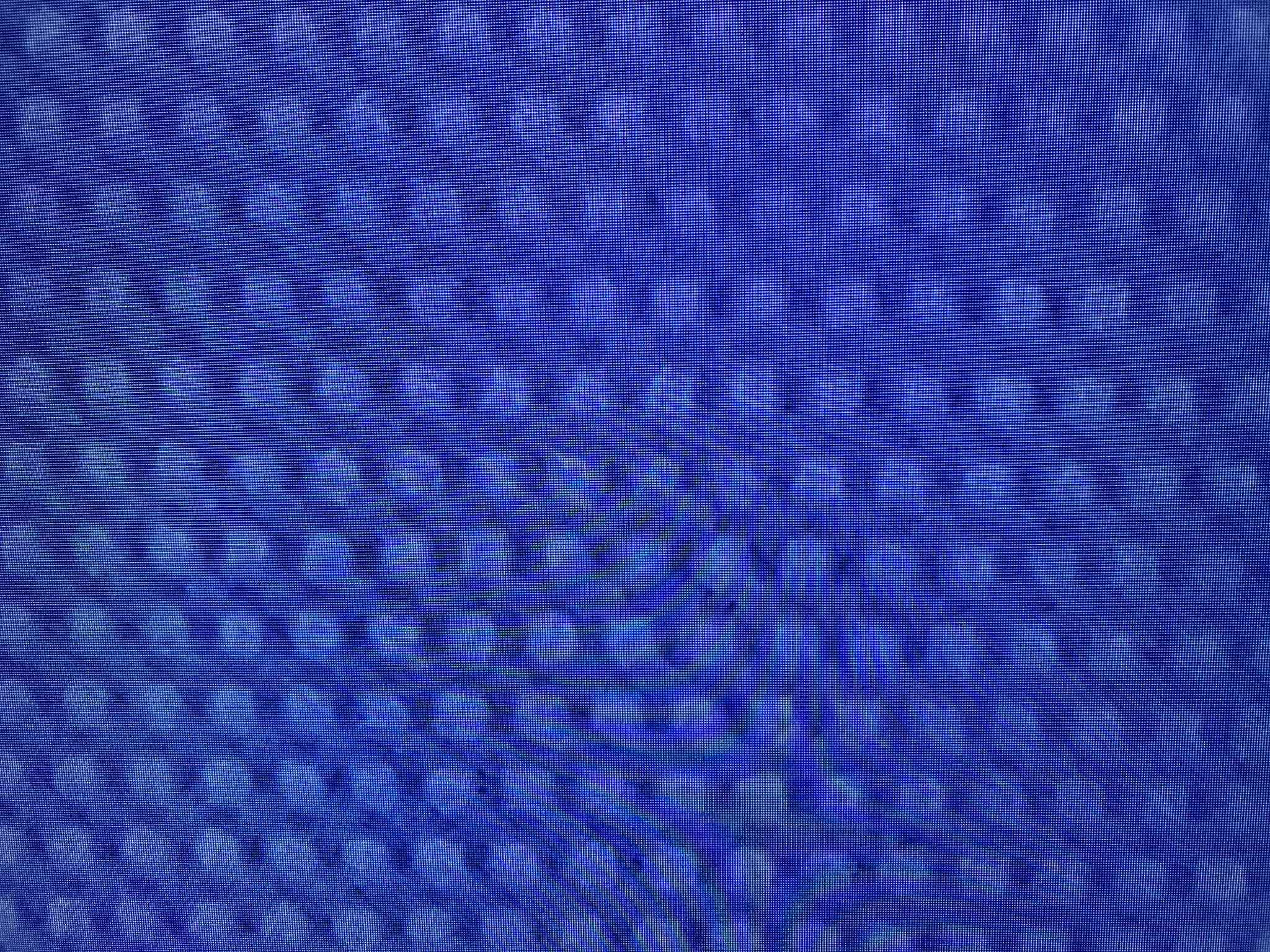
New Figures: Carrier Lattice & Ring Synchronization
To situate the on-camera cascades inside PFT’s post-π regime, here is the first carrier ring of the Allen Orbital Lattice and a simple Ring-1 synchronization trace. These are additions; they do not replace the instrument images above.
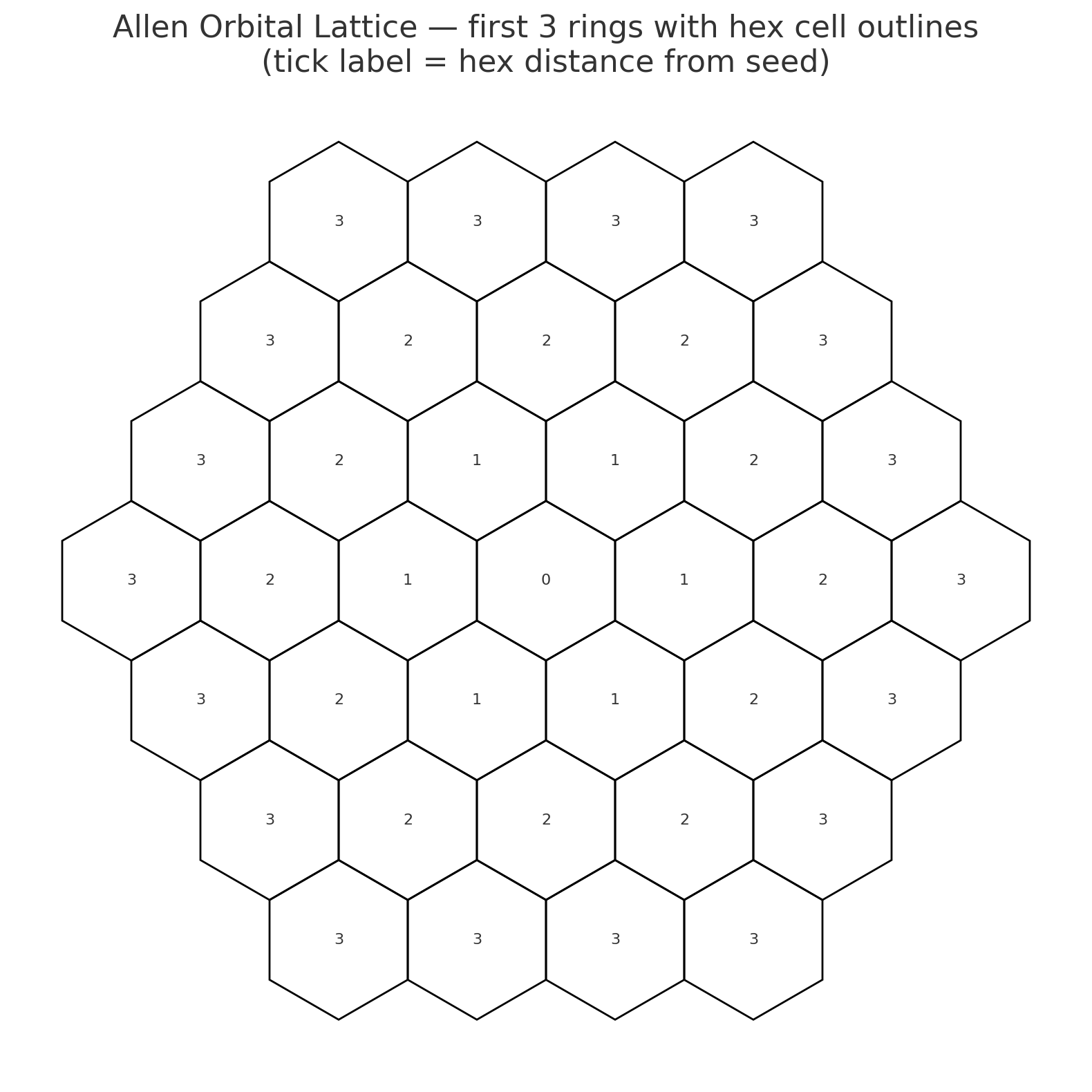
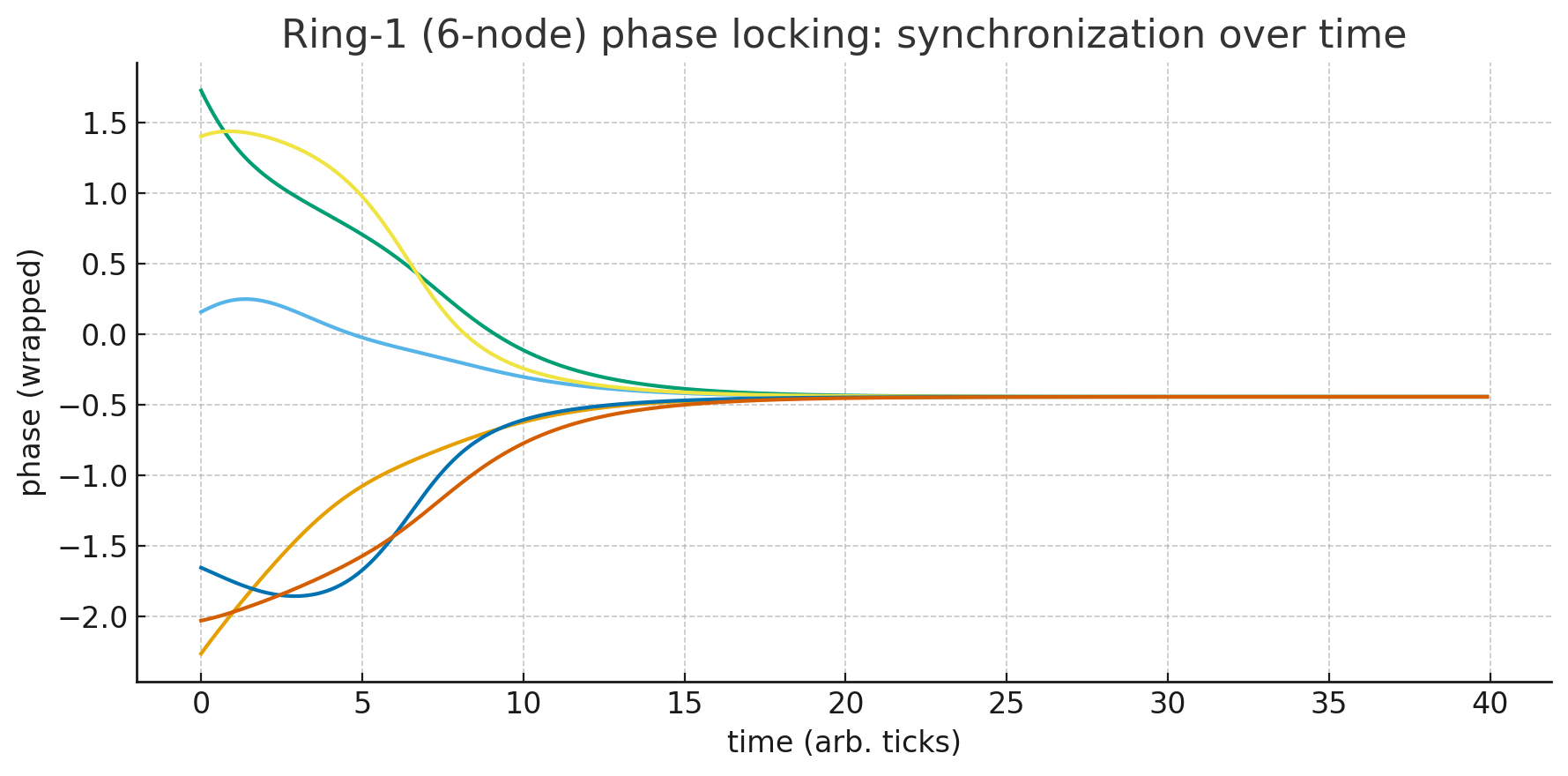
Fractal Windows
The core of PFT’s reinterpretation is the concept of the Fractal Window. A Fractal Window is what you get when a continuous cascade is forced into a single arrested slice inside an observational frame. Aberration correction doesn’t reveal atoms as they truly are; it arrests motion, producing a static picture out of a living cascade. The blurry pre-correction image and the sharp lattice are not opposites. They are step one and step two of the same process: motion collapsing into stillness inside a Fractal Window.
Fractal Windows and Event Cascades (Proof Structure in PFT)
In the full Pattern Field Theory framework, these camera frames are not isolated curiosities. They sit directly on top of the Event Cascades formalism on the Allen Orbital Lattice (AOL). The lattice images show a projection of a routing network; the Fractal Window is the slice where one layer of cascades has been temporarily frozen.
Event Cascades describe how loaded possibilities are prepared (Vector0), synchronised (Phase Alignment Lock, PAL), executed as a bounded cascade, and then returned to Equilibrion. A Fractal Window is what an instrument sees when it samples that process at a fixed phase and resolution. The halos and interference signatures are not noise; they are the incomplete suppression of the underlying cascade, consistent with the same PAL-driven, continuity-preserving dynamics used elsewhere in PFT.
In other words: the microscope is accidentally drawing the carrier. The “atoms” are just bright spots on a deeper field, and the Fractal Window is the observational gate where that deeper structure becomes partially visible.
The Fractal Cascade on Camera
What is most remarkable is that this entire process is visible. The fractal cascade of the Pi Matrix has been captured on camera, not as a direct photograph of Pi Particles (which lie beneath atoms), but as the substrate field that organizes them. Scientists celebrated the lattice and dismissed the haze. Pattern Field Theory celebrates the haze as the real evidence — proof that the universe is not made of dots, but of motion-sustained resonance.

Conclusion
Atomic imaging is often presented as the final victory of physics: we can see atoms, and the mystery is solved. Pattern Field Theory turns this triumph upside down. What we see in these images is not the endpoint, but the substrate peeking through. The blur is not contamination, the halos are not noise. They are the Pi Matrix, alive in motion, only partially frozen into Fractal Windows. The true discovery is not that we can see atoms, but that we have unwittingly captured the fractal cascade of reality itself on camera.